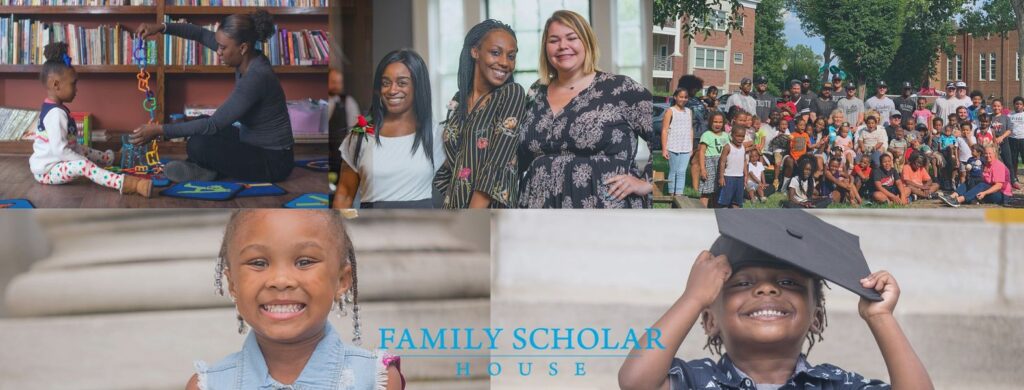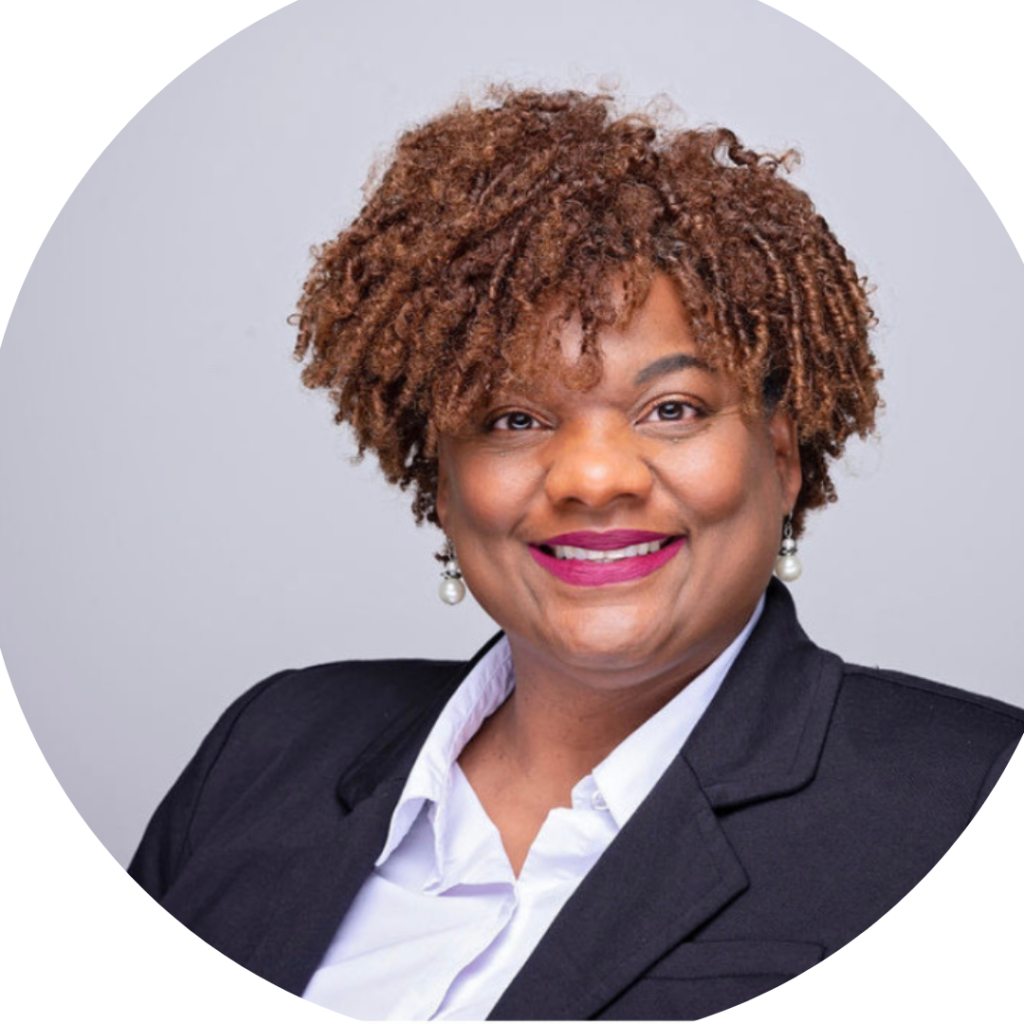May 9 @ 2:30 pm – 4:00 pm CDT
May Community Partner Meeting

Felicia Young, from the Family Scholar House-Houston, will be our Guest Speaker. She will talk about Family Scholar House and the new facility they are building here in the 3rd Ward.

About Felicia:
Felicia Young serves as the Regional Outreach Coordinator for Family Scholar House which provides access to education and housing for single parent college students.
As a social services professional with over twenty years experience within the local school system, city government in the Office of Youth Development and United Way network for community impact, Felicia enjoys helping connect people to people, people to resources and resources back to people.
Felicia previously co-lead a large-scale, comprehensive youth programs quality improvement effort serving over 100 community-based Out-of-School Time (OST) and delivered more than 80 training programs to OST staff. She managed the strategic creation of programming initiatives including Sister Circle, BLOCS Minority Mental Health EAP Program which provided free therapy to OST staff and Ukaaji Business Development for minority led nonprofits. Felicia managed the Mayor’s Give-a-Day Week of Service effort for two years and tracked more than 100 volunteer projects and 100,000k acts of kindness during this period annually.
Felicia also holds certifications in YPQI Methods, YPQI Management Series, and Neighborworks Financial Coaching. She has completed certificate programs in Diversity and Inclusion – Cornell University, Project Management (36 hours) – University of Louisville and SHRM Essentials of Human Resources – Bellarmine University. She was also recognized by the Jefferson County Public School Board for completion of the Governor’s Commonwealth Institute of Parent Leadership (60 hours) and JCPS Magnet School Core Team that redesigned the magnet program for 100,000 students.
Felicia is a proud alumna from the University of Louisville who relocated from Louisville to Houston in 2022. She’s a proud member of Zeta Phi Beta Sorority, Inc. Felicia is married with three grown children and one granddog. She enjoys travel and considers herself a foodie.
theciajenkins@hcdvcc.org
Attendee
General Attendee




















